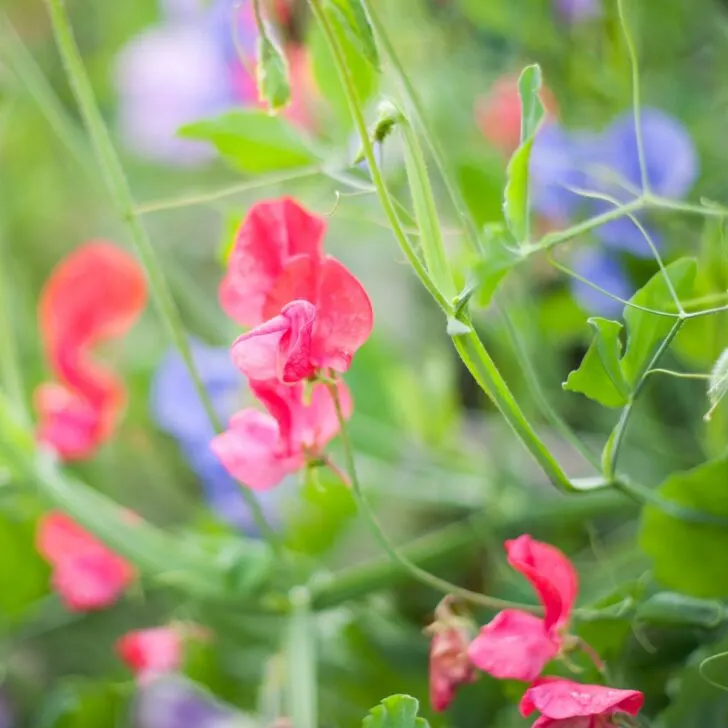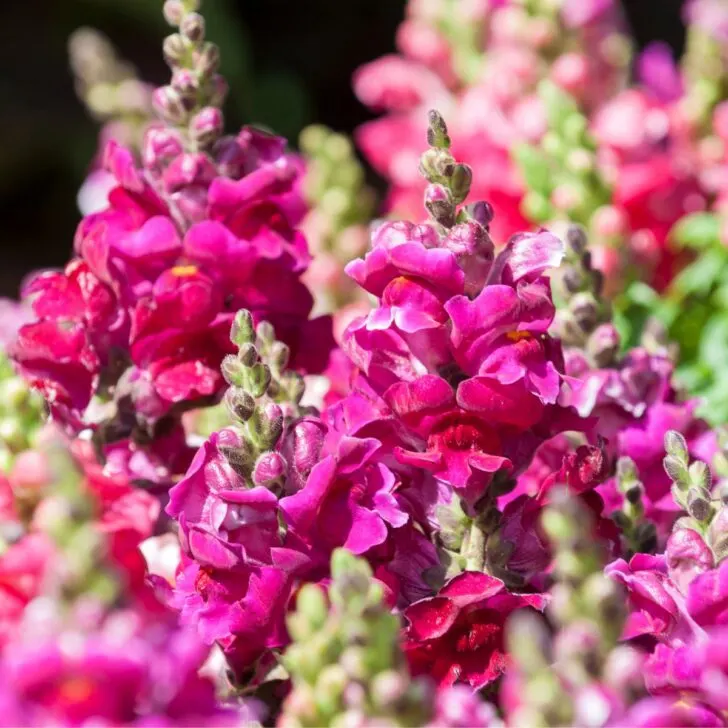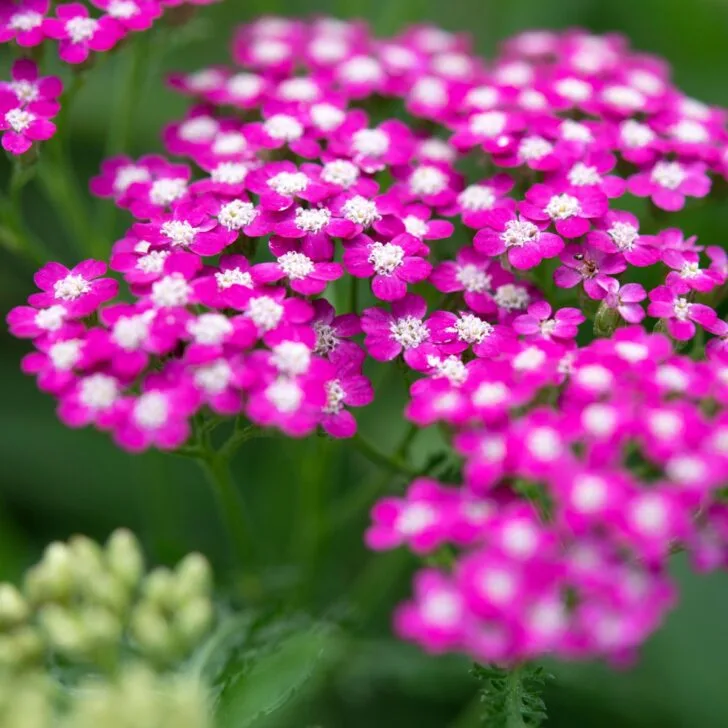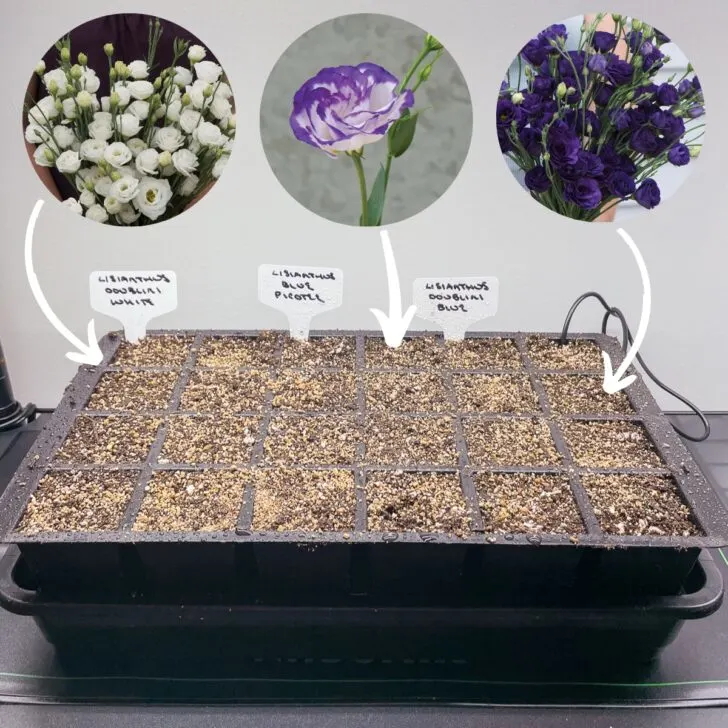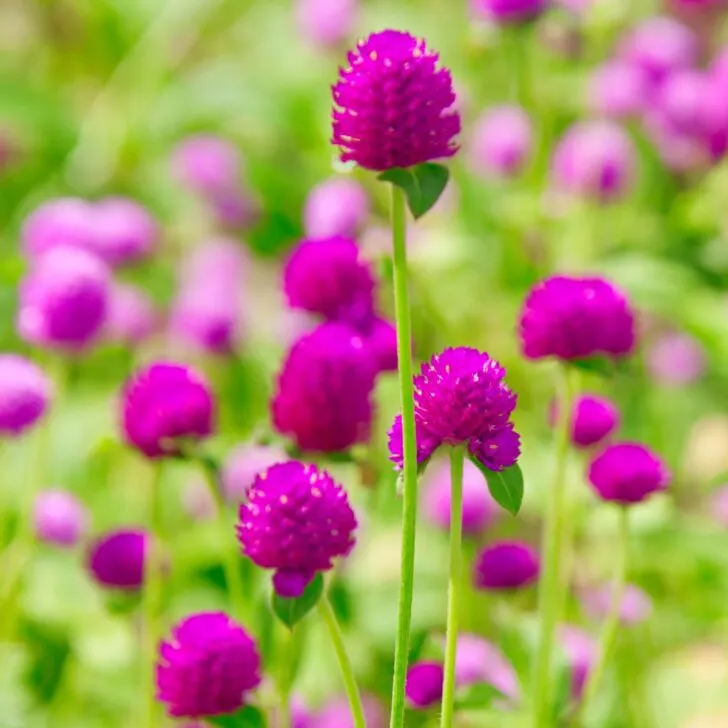Poppies are a cold-hardy flowering annual that blooms from late spring to mid-summer. Learn how to grow poppies from seed in this tutorial!
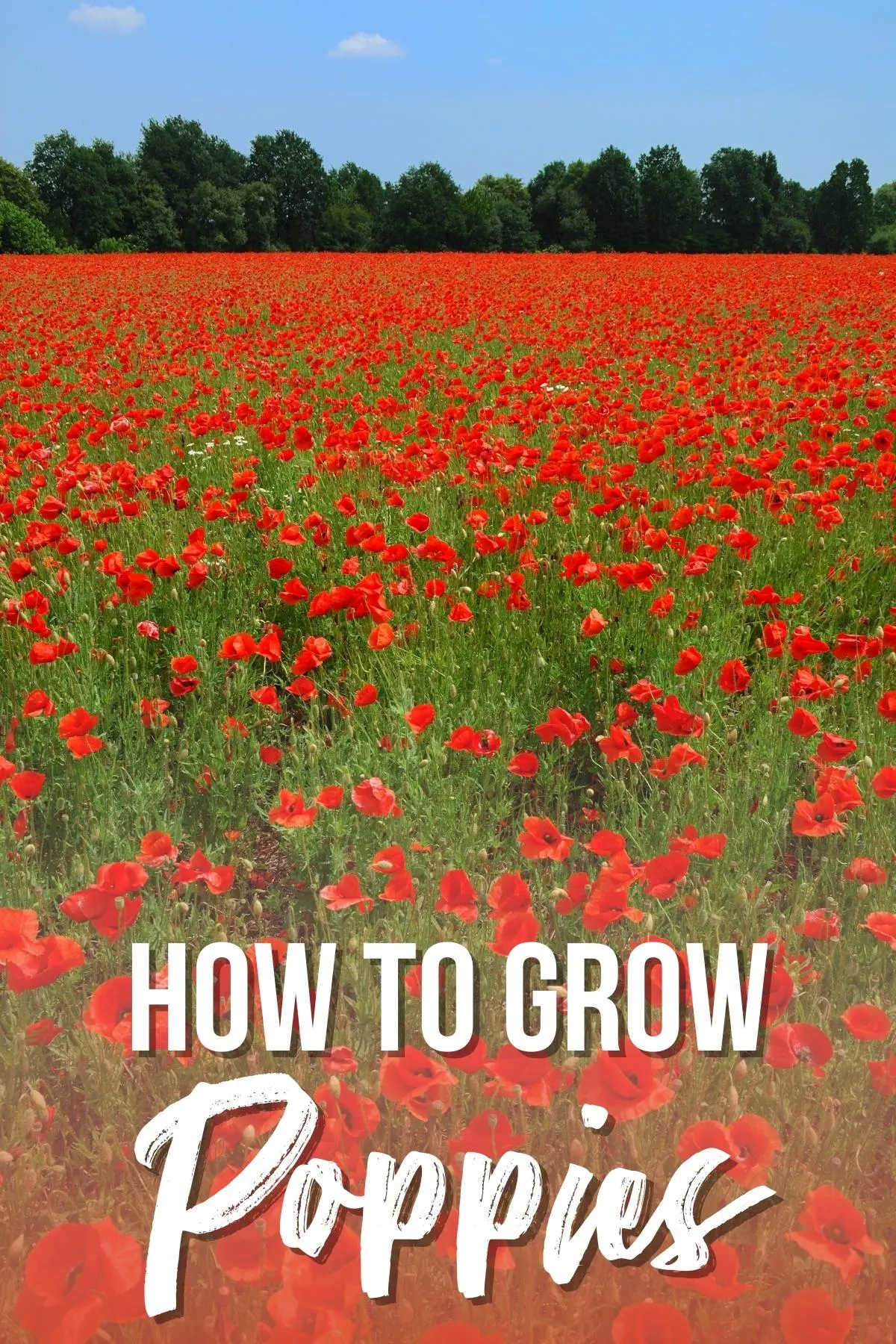
Growing poppies from seed is a great way to add vibrant colors and stunning beauty to your garden. This low maintenance flower blooms for months in ideal conditions, then produces large seed pods that can be harvested for cooking or flower arrangements.
You can winter sow poppies in milk jugs or sprinkle them throughout the garden bed in fall or early winter. In fact, if you don’t harvest the seed pods, you may find them popping up again next year without any work on your part!

These plants need only a little care to produce outstanding results. There are dozens of species and cultivars with different colored flowers and mature plant heights to adorn your flower beds and delight the many pollinator insects attracted to the flowers.
Let's get growing!
This post contains affiliate links for your convenience. Purchases made through these links may earn me a small commission at no additional cost to you.
Poppy Varieties
Poppies thrive in warm, dry climate zones, although flowers and seed heads get bigger if temperatures are not too warm. They range in height from short six inch plants to 3-4 foot tall varieties, so you're sure to find the right one for your garden.
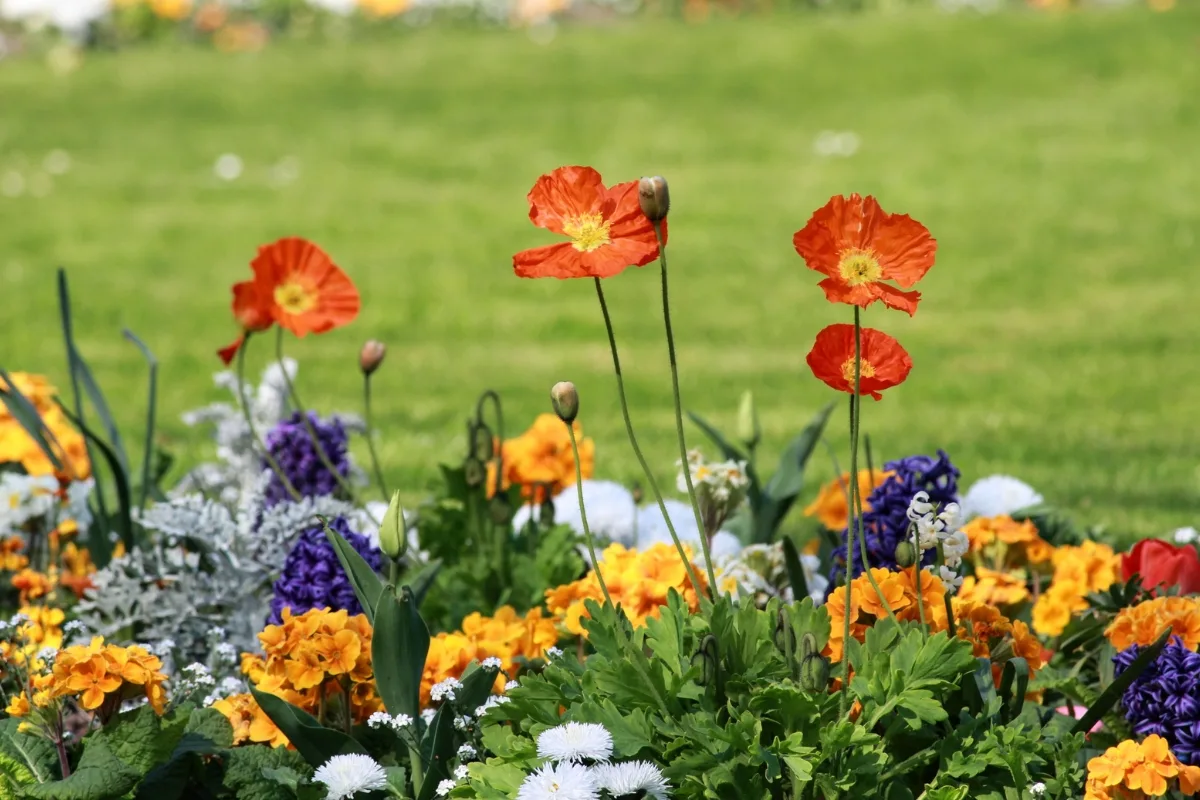
Here are a few of the many poppy cultivars you can find.
- California poppy (Papaver eschscholtzia) has bright orange flowers, readily self-sows, and grows in poor-quality soil.
- Shirley poppy (Papaver rhoes) has double flowers, 3-foot tall stalks, and soft red and pink blooms that are excellent for cut flowers.
- Oriental poppies (Papaver orientale) are perennials with flowers with a stunning dark center. They prefer colder growing conditions than other types.
- Iceland poppy (Papaver nudicaule) is a low-growing plant of boreal regions. It has long-lasting flowers in shades of yellow, cream, orange, pink, and red.
- Hungarian bread seed poppy (Papaver somniferum) has fluffy flowers of many colors, including lavender, white, pink, and blue. The large flower pods produce an abundance of excellent seeds for culinary uses.
- Caucasus poppy (Papaver commutatum), also known as Ladybird poppy, has stunning, bright red flowers with eye-catching dark spots, making it an especially attractive ornamental for flowerbeds.
How to Start Poppies from Seed
For culinary purposes, poppy seeds retain their flavor for a long time. However, when planting, always use fresh seeds that are no more than one year old because viability rapidly declines after a year.
Poppies do not transplant well. Therefore, sowing them directly into a well-prepared garden bed is the best way of ensuring success. Sow the seeds outdoors in late fall or early spring.
Freezing and thawing can aid in germination. This process, called cold stratification, can also be done artificially by keeping the seeds in a damp paper towel in the fridge for a few weeks.
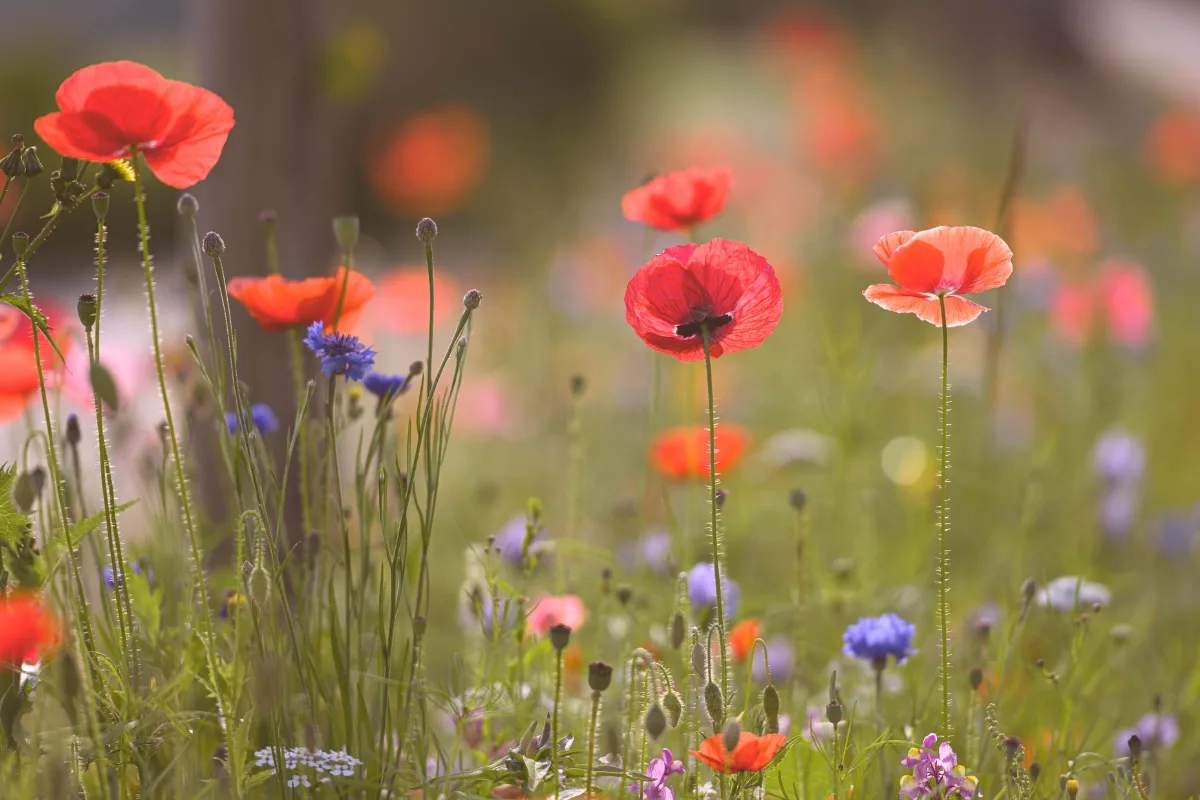
Poppies need a location with full sun exposure and fertile, rapidly draining soil. Rake the ground and get it into a fine texture before you plant the seeds. Then, you can broadcast seeds on the surface or sow them lightly in rows 1 to 2 feet apart.
Barely cover the seeds with a fine layer of soil not more than ⅛ inch deep because the seeds require light to germinate. Lightly spray the soil surface with water after sowing, being careful not to wash them out of place. Keep the soil surface moist during germination, which takes 2 to 4 weeks.
Starting Poppies Indoors
While direct sowing of poppy seeds is optimum, some people prefer not to thin the plants in the garden and instead start seedlings indoors.
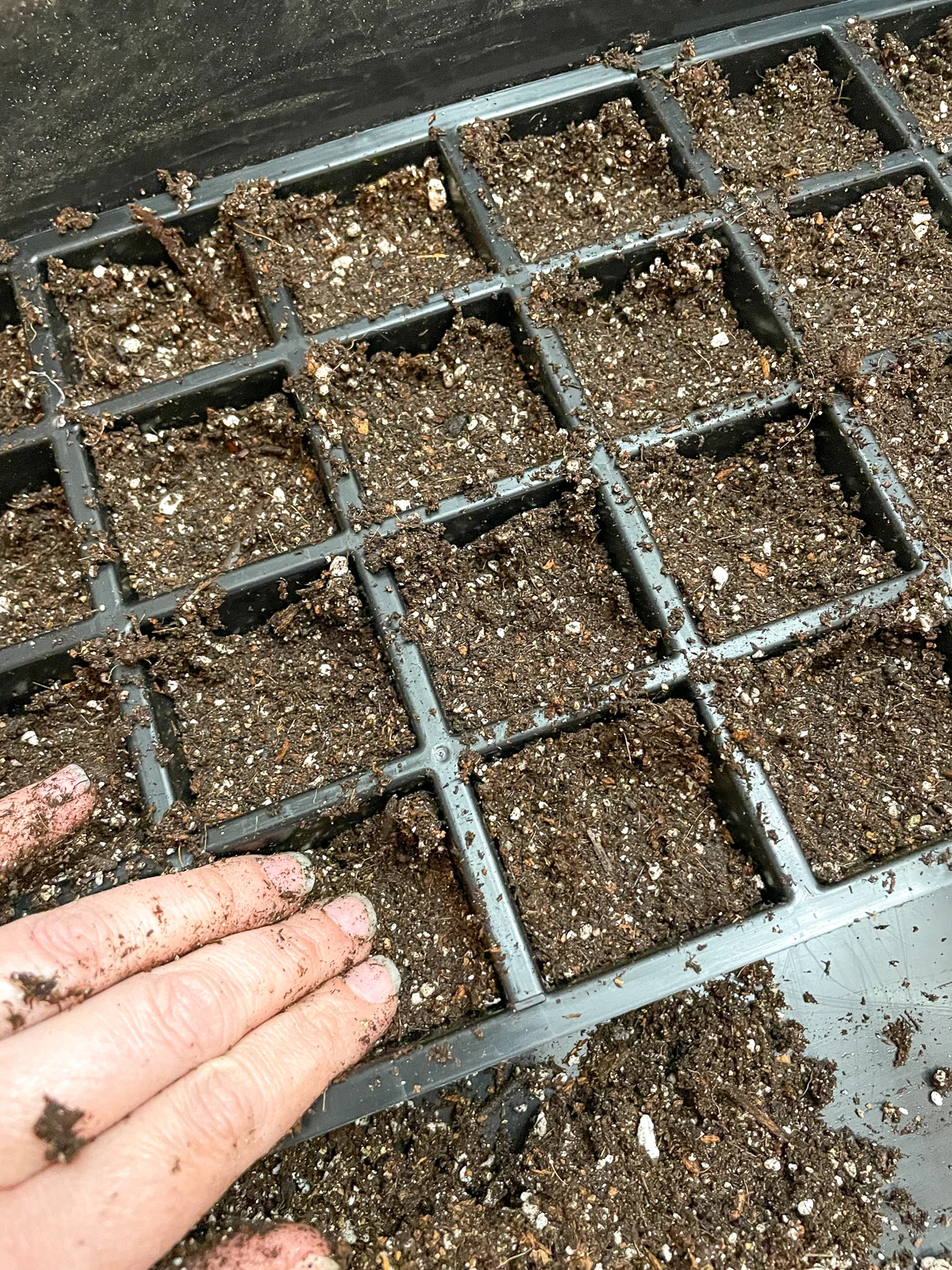
Sow the seeds in a sterilized seed tray filled with seed starting mix and keep the containers in direct light or under grow lights at a temperature of about 60°F.
After germination, let the seedling grow for about four to six weeks. Transplant them right after the last frost date for your area, being very careful not to disturb the roots while you handle them.
Planting Poppies from Seed
Poppies need a garden site with full sun exposure and fertile soil to produce the best flowers and seed crops. It’s best to prepare the ground in advance so you can direct sow the seeds in late fall or early spring.
You might want to do a soil test for nitrogen to ensure that the soil is sufficiently fertile. If it is low in nitrogen, mix in one inch of high-quality compost or decomposed manure into the top six inches of soil before planting.
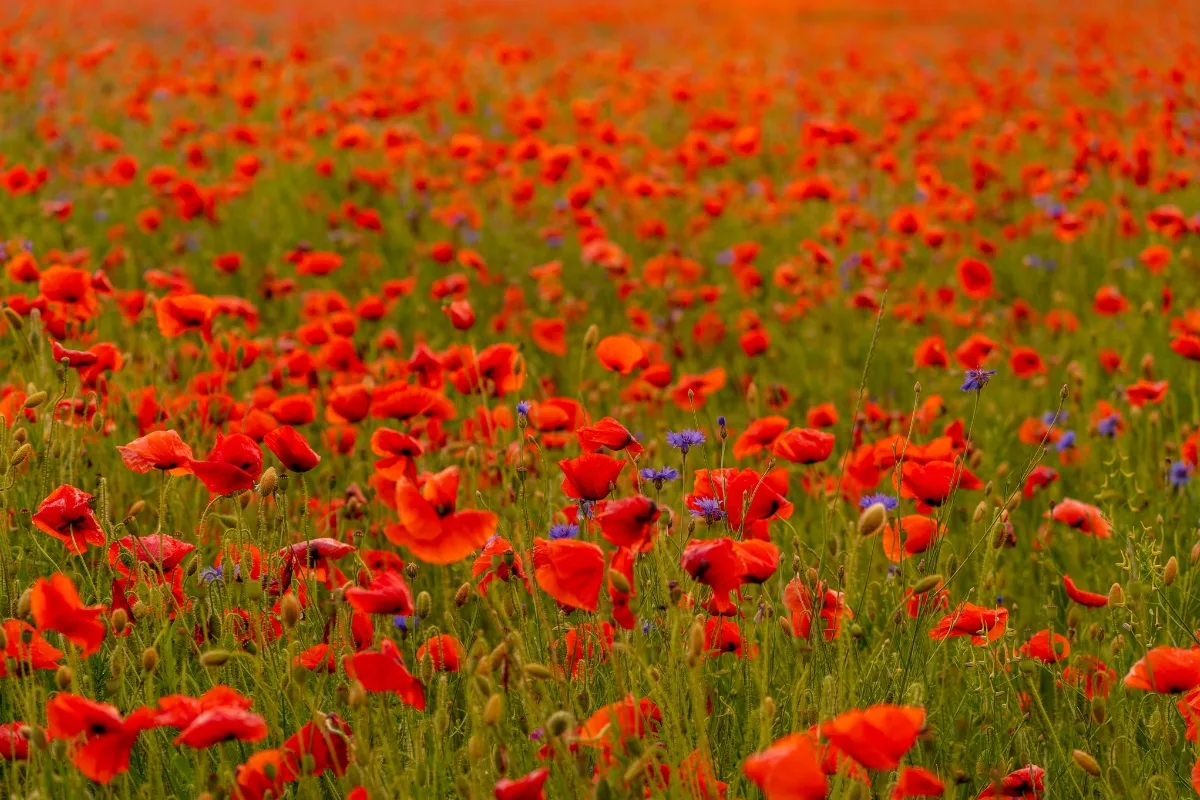
When thinning or transplanting poppies, consider the mature size of the variety you are growing and space the plants accordingly to give them plenty of room to grow. Thin plants to a 6 to 9-inch spacing is essential to avoid overcrowding, which can lead to disease and pest problems.
Harvesting Poppy Flowers and Seeds
You can cut long-stemmed poppies for cut flowers. Harvest the flower stalks near ground level just as the blooms open. Remove the leaves from the cut stem, sear the bottom in hot water, and place it in a vase of water, where it will last for about five days. You can encourage more flowers by removing old blooms when the petals fall.
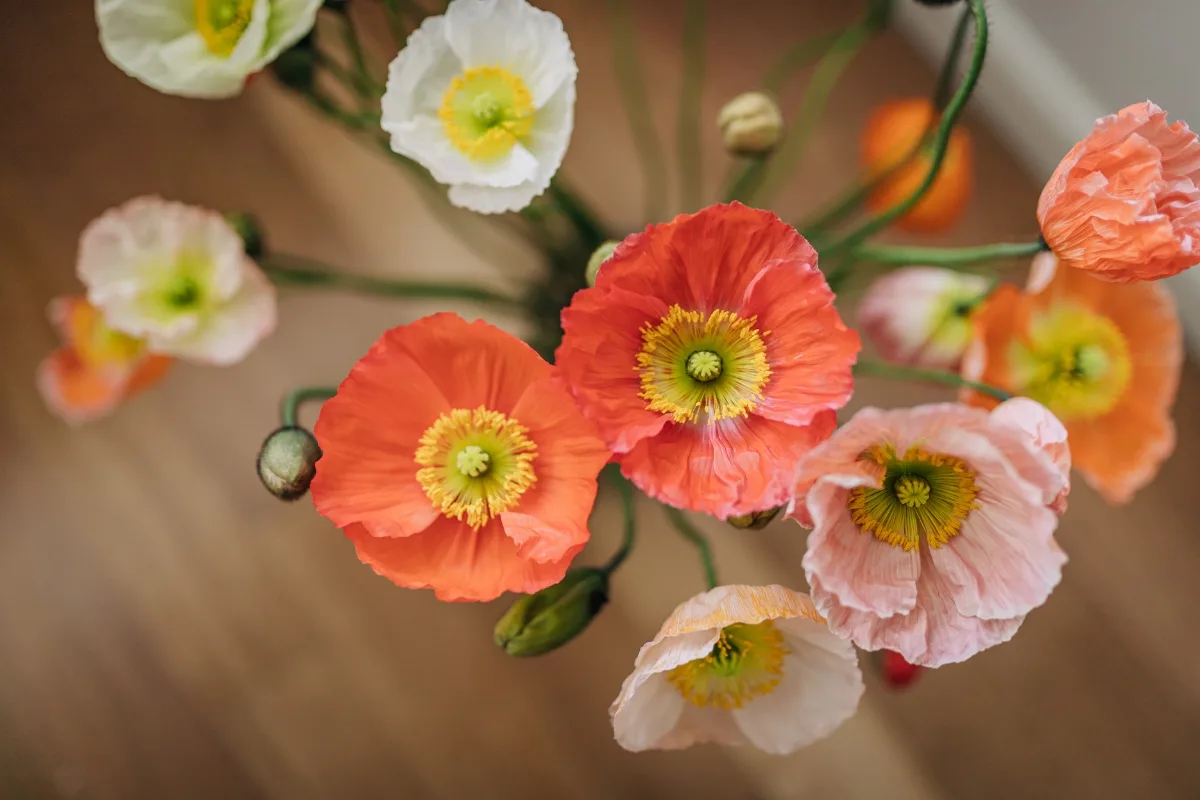
In early fall, the large, globe-shaped flower pods dry and fill with seeds you can use in the kitchen. And yes, it is legal to grow all species of poppy for ornamental and culinary uses.
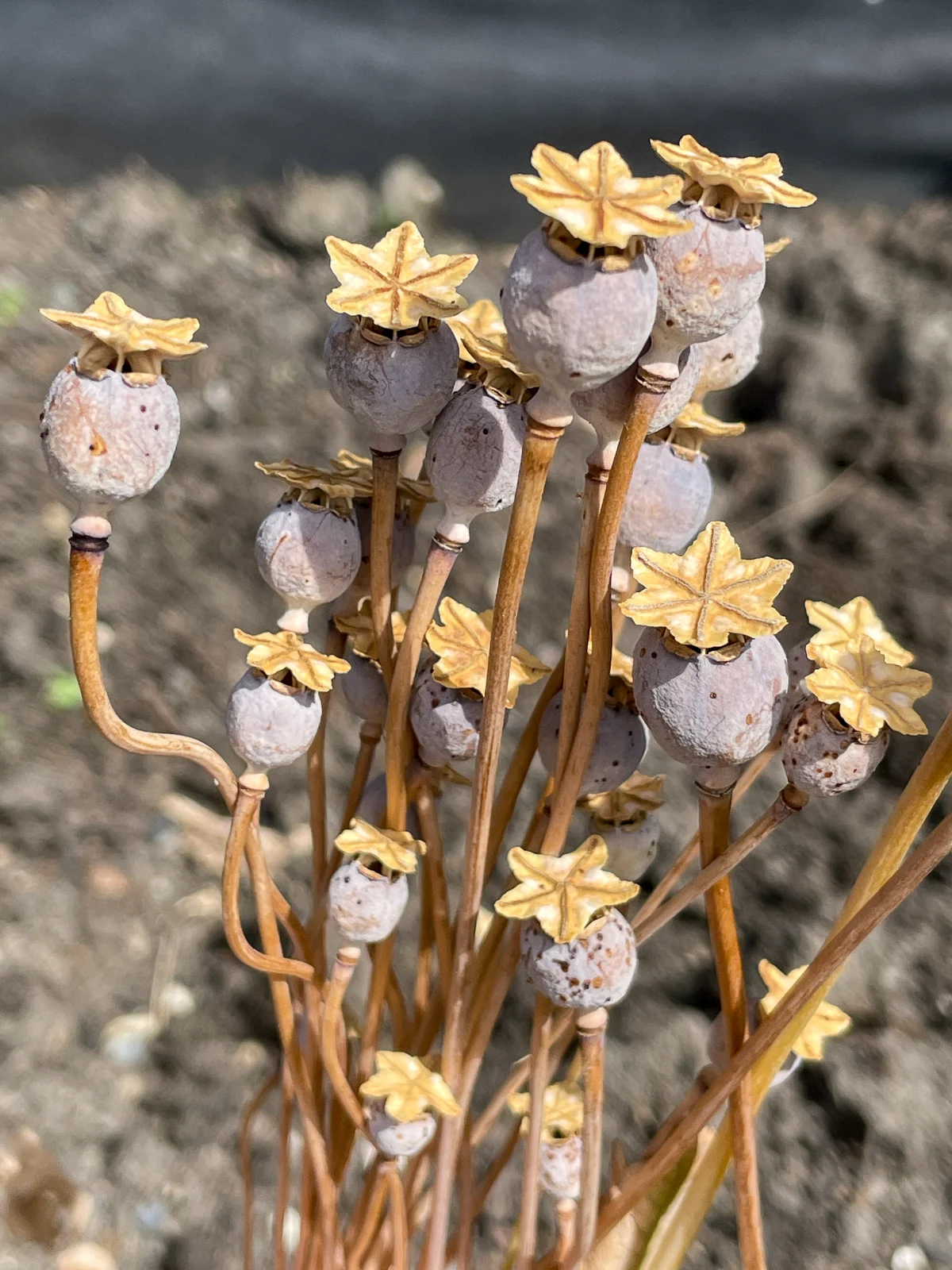
Harvest the pods when they are dry, and you can hear the seeds rattling. I have a full tutorial on how to collect poppy seeds from pods if you want more information!
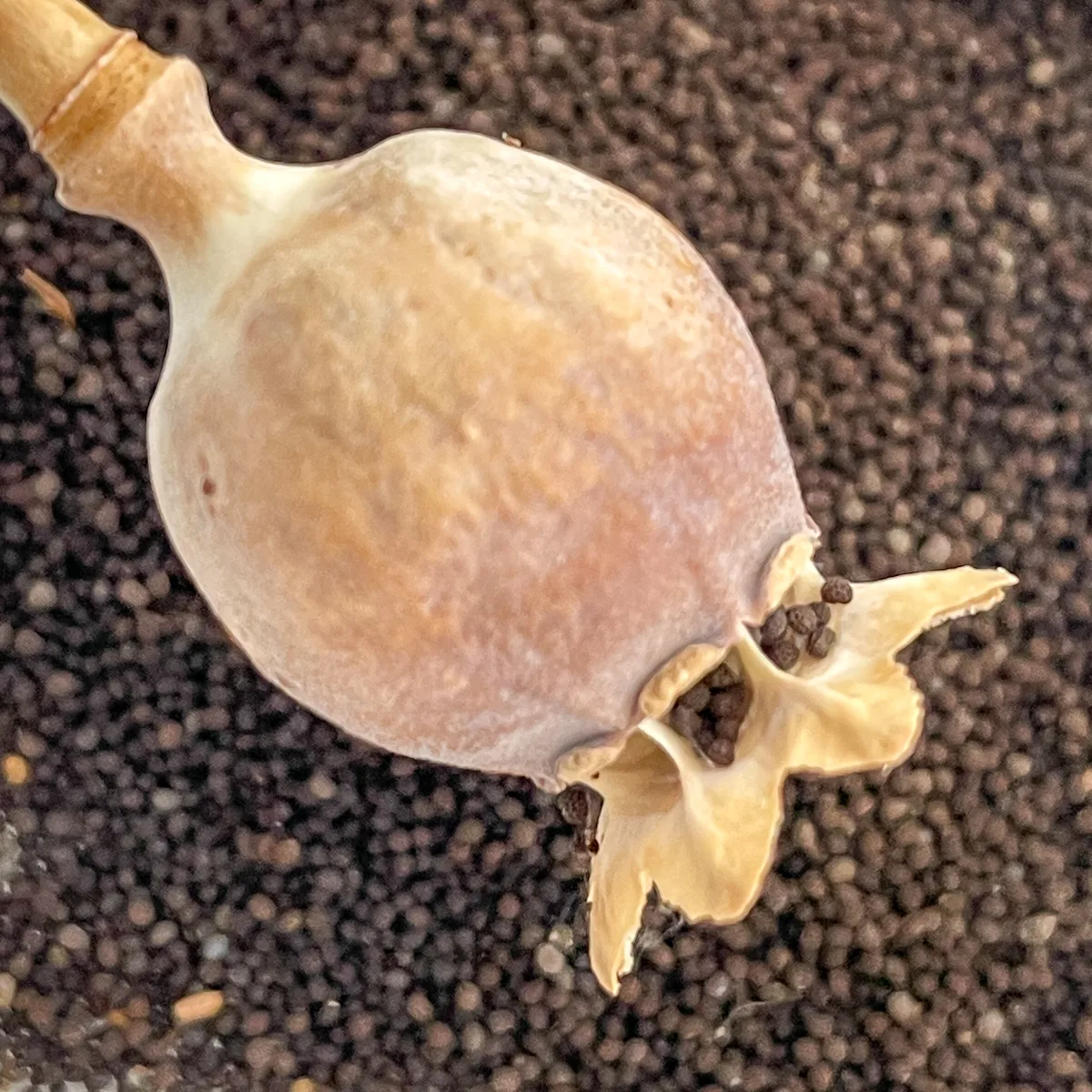
A 10-foot-long row of poppies growing in optimum conditions can produce approximately 4 ounces of seed. Store the seeds in a closed jar in a dark cabinet for culinary use.
Caring for Poppy Plants
Poppies are low maintenance, so they won't need much care once established. Just keep the seed bed moist during germination, but decrease watering to one inch per week after they sprout.
Fertilizing poppy plants with nitrogen will result in more leaves and fewer blooms. If your soil is high in nitrogen, you may consider amending it with phosphorous to encourage more flowers.
Check out these other plants you can grow from seed!

